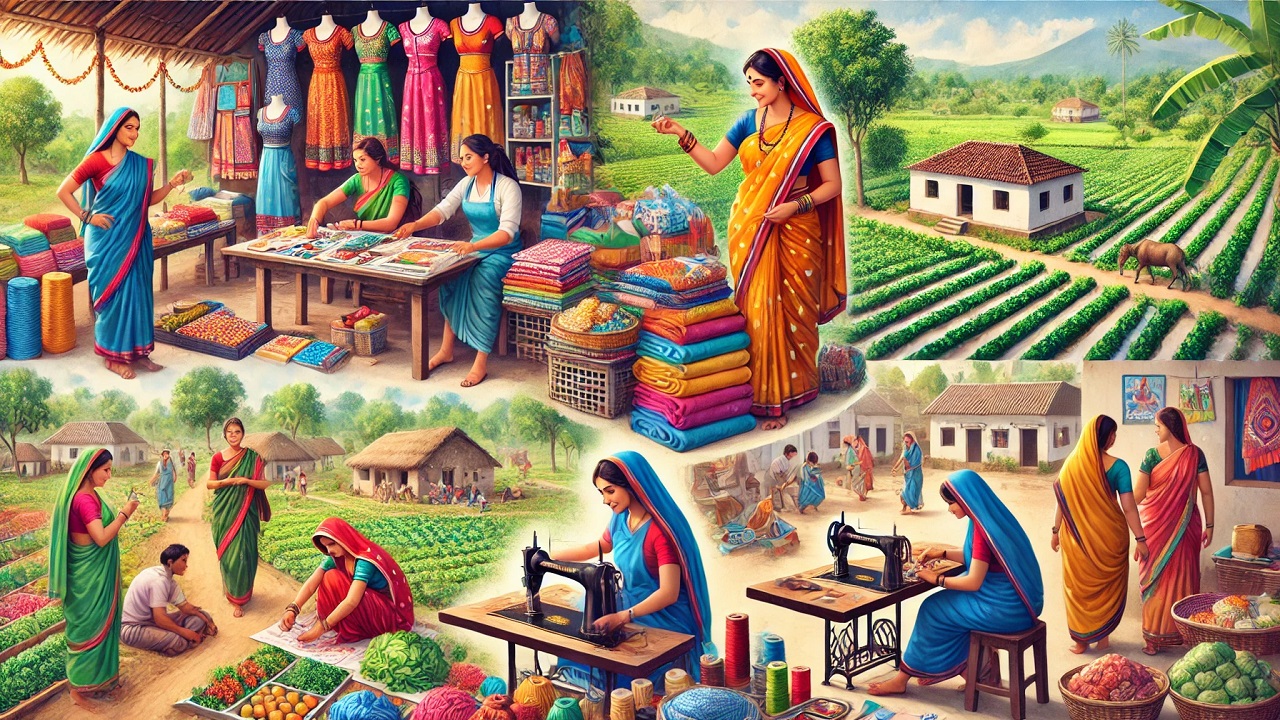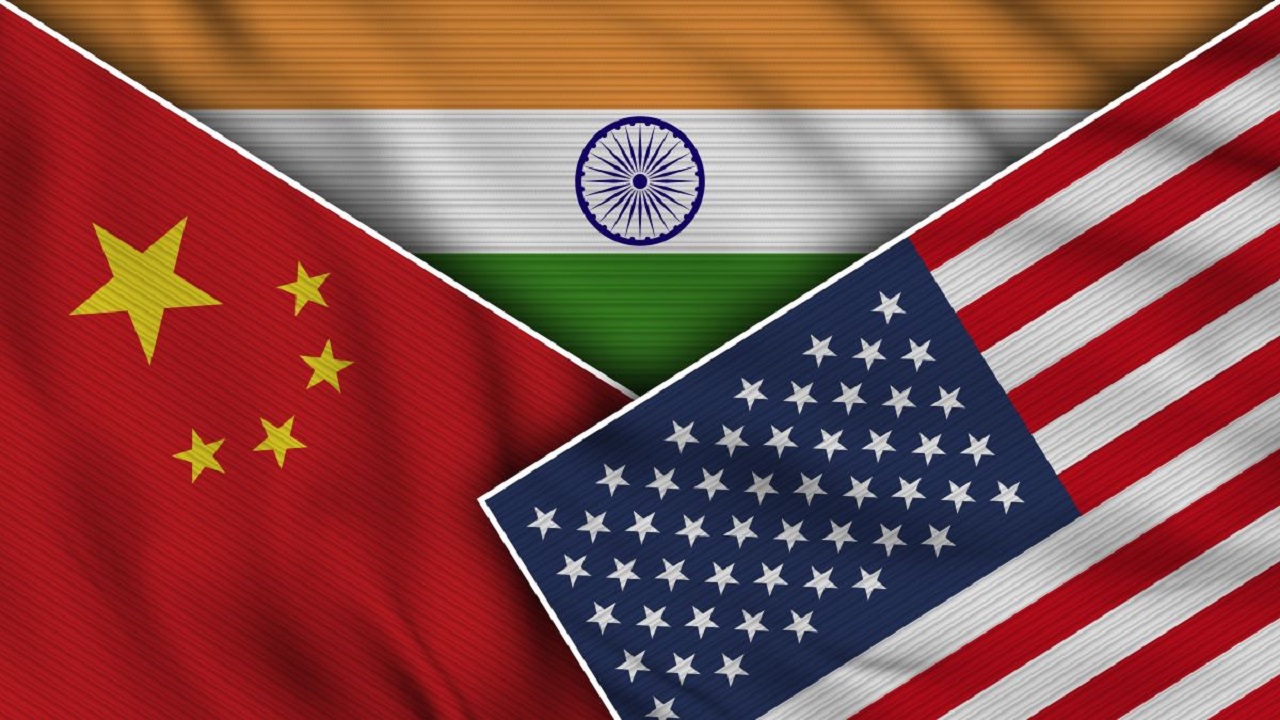Bridging the Gender Gap: Role of Technology in Women Empowerment
Context
Over the past decade, the Ministry of Women and Child Development (MWCD) has significantly improved access to nutrition, education, legal protection, and essential entitlements for women and children. A key driver of this transformation has been the strategic use of technology in various government schemes, making services more efficient, transparent, and inclusive.
How is Technology Used in Government Schemes for Women Empowerment?
1. Modernisation of Service Delivery
-
The Saksham Anganwadi initiative is aimed at modernising over 2 lakh Anganwadi centres.
-
These centres are being equipped with smart infrastructure, digital devices, and interactive learning tools to enhance delivery of nutrition, preschool education, and healthcare.
2. Data-Driven Interventions
-
The Poshan Tracker integrates services from over 14 lakh Anganwadi centres, enabling:
-
Real-time data entry
-
Performance monitoring
-
Evidence-based policymaking
-
3. Empowering Anganwadi Workers
-
Workers are provided with smartphones and training, improving service delivery and outreach at the last mile.
4. Reducing Leakages
-
Facial recognition systems have been introduced in the Supplementary Nutrition Programme to ensure that only eligible beneficiaries receive support.
5. Bridging the Rural-Urban Divide
-
The Poshan Tracker reimagines Anganwadi centres as digitally connected hubs, reducing service delivery gaps in rural areas.
6. Ensuring Safety and Grievance Redressal
-
The SHe-Box portal acts as a single-window platform for women to file complaints under the Sexual Harassment of Women at Workplace (Prevention, Prohibition and Redressal) Act, 2013.
7. Integrated Support for Women in Distress
-
The Mission Shakti dashboard and mobile app connect women in need to the nearest One Stop Centres, now functional in almost every district.
8. Promoting Maternal and Child Health
-
Under the Pradhan Mantri Matru Vandana Yojana (PMMVY):
-
Cash benefits are transferred through Direct Benefit Transfer (DBT).
-
The scheme uses Aadhaar-based authentication, mobile registration, and real-time dashboards.
-
9. Promoting Economic Empowerment
-
The Government eMarketplace (GeM) enables women entrepreneurs and Self Help Groups (SHGs) to sell products online, increasing market access.
What Are the Outcomes?
1. Improvement in Sex Ratio at Birth
-
As per the Ministry of Health and Family Welfare (MoHFW):
-
Sex Ratio at Birth improved from 918 (2014-15) to 930 (2023-24).
-
2. Reduction in Maternal Mortality
-
Maternal Mortality Rate (MMR) fell from 130 per 1,00,000 live births (2014-16) to 97 per 1,00,000 (2018-20).
3. Strengthening Child Protection
-
Under the Juvenile Justice (Care and Protection of Children) Act, 2015:
-
The CARINGS portal has streamlined the adoption ecosystem.
-
Monitoring of childcare institutions, foster care, and legal support has improved.
-
4. Enhanced Coordination
-
The Mission Vatsalya dashboard ensures better coordination between different child welfare stakeholders and institutions.
What Are the Challenges in Using Technology for Women Empowerment?
1. Digital Divide
-
Many women cannot afford smartphones or internet access due to economic constraints.
2. Low Digital Literacy
-
According to the 78th round of National Sample Survey:
-
Only 21% of women above 15 years have any form of digital literacy.
-
-
This hampers their ability to access and benefit from digital schemes.
3. Infrastructure Gaps
-
In rural and remote areas, lack of electricity and internet limits accessibility.
-
Women often face mobility constraints, making access more difficult.
4. Online Safety Concerns
-
Women frequently face cyber harassment, stalking, and privacy violations, discouraging digital participation.
What Lies Ahead?
1. Promoting Digital Literacy
-
Capacity-building through digital training and hands-on support will help women independently access services.
2. Strengthening Rural Digital Infrastructure
-
Investments are needed in hilly, remote, and rural regions to ensure equitable access.
3. Leveraging Emerging Technologies
-
Use of Artificial Intelligence (AI) and Big Data can help:
-
Proactively identify beneficiaries
-
Minimise exclusion
-
Improve efficiency and inclusivity in scheme delivery
-




Comments (0)